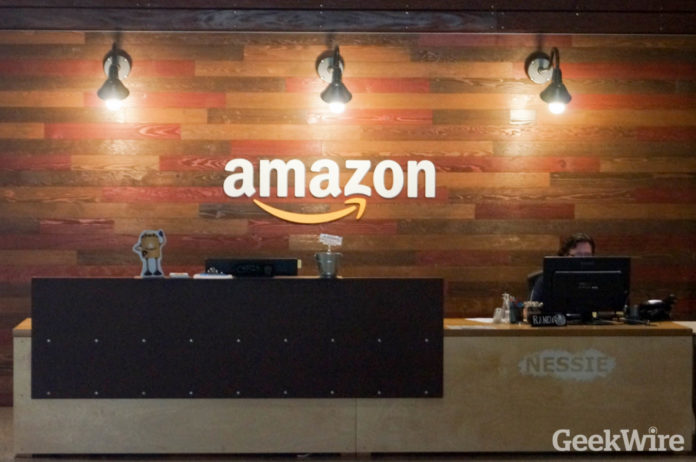
Editor’s note: This guest post is written by Lars Phillips, a financial advisor for Seattle-area firm Avier Wealth Advisors. Disclaimer below.
Amazon made headlines on Tuesday afternoon when it announced an upcoming 20-for-1 stock split, and $10 billion share buyback, resulting in the stock jumping 5.41% on Wednesday. So what does this ultimately mean for Amazon employees and investors?
Stock split
When Amazon’s 20-for-1 stock split takes place in June, shareholders will see their number of shares increase by 20X, while the share price will decrease by 20X. A stock split itself does not inherently create any value. It’s like cutting a pizza into additional slices. Owning 10 shares of Amazon at $2,900/share is the exact same as owning 200 shares of Amazon at $145/share.
Share buyback
Amazon is a company worth ~$1.49 trillion. Buying back $10 billion of stock is akin to Amazon buying back ~0.67% of the company, which in turn, does makes each remaining share worth slightlymore. Share buybacks have become a more popular way for companies to return value to shareholders in a tax efficient manner (compared to paying out dividends which is a taxable event in taxable investment accounts.) For comparison sake, Apple spent ~$85.5 billion on share buybacks, and only paid out ~$14.5 billion in dividends in fiscal year 2021. For the last three years, Microsoft buybacks have also outpaced dividends.
Retail investors
Retail investors tend to like more manageable stock prices. Even with increased access to trading of fractional shares, it’s easier for the average investor to spend $145 for a share of Amazon than it is to spend $2,900 for a share.
Amazon employee performance compensation reviews
Most Amazon employees will have performance and compensation reviews in April, and even though Amazon recently increased their max base pay to $350,000, restricted stock units (RSUs/stock grants) still play a major role in Amazon employee’s total compensation package. If Amazon’s stock price remains elevated, all else equal this means employees could receive slightly fewer shares to reach total compensation targets.
Targeted compensation
A lower stock price will make it easier for Amazon to specifically target employee compensation. As a simple example, if Amazon wanted to grant an employee $7,500 of RSUs, that was difficult to achieve with a stock price of ~$3,000/share (two vs. three shares). With a stock price of ~$150/share, $7,500 is much easier to target (50 shares).
Disclosure: Avier Wealth Advisors is not affiliated with Amazon. While Avier communicates with its clients regarding their Amazon employee benefits, and educates itself on the Amazon benefits, there is no guarantee that the information we have provided is accurate. Amazon employees are encouraged to contact their employer should they have any questions regarding their specific employee benefits.






